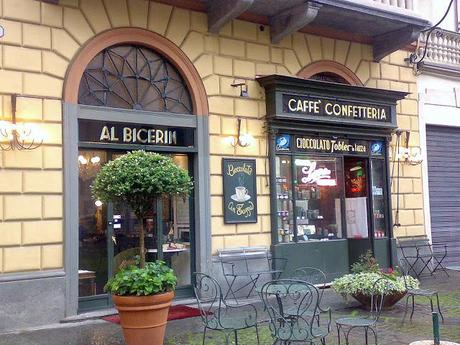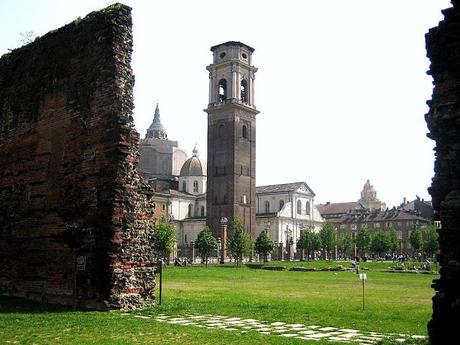
This "small portion of Turin" with its narrow streets, the paved floor reminding us the more famous Trastevere (in Rome), with its old buildings and tinted windows, the small squares crowded with shops and rows of houses, is the oldest part of Turin, the real heart of the city.
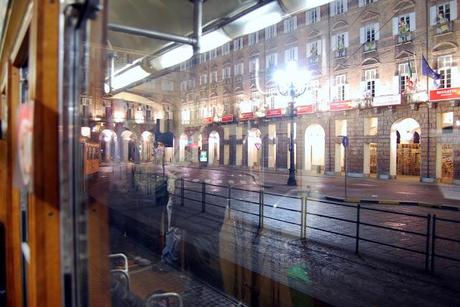 We find it among via Garibaldi, Piazza Satuto, Corso Regina
Margherita and Piazza Castello.
Its center is located in Piazza Savoia,
where we can see the obelisk erected to
commemorate the abolition of the ecclesiastical court (Tribunal of Inquisition)
in the city.
We find it among via Garibaldi, Piazza Satuto, Corso Regina
Margherita and Piazza Castello.
Its center is located in Piazza Savoia,
where we can see the obelisk erected to
commemorate the abolition of the ecclesiastical court (Tribunal of Inquisition)
in the city.
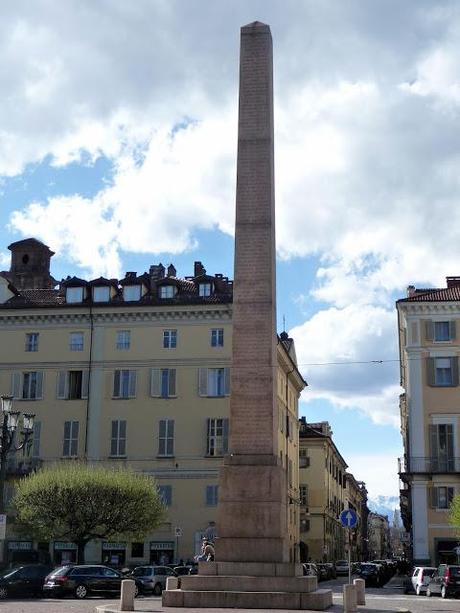
The ancient area is the perimeter where, once, was the “castrum”, the Roman military camp at the origin of Augusta Taurinorum, latin name of Torino, which doesn’t hide any of its most archaic part, visible in Piazza Duomo.
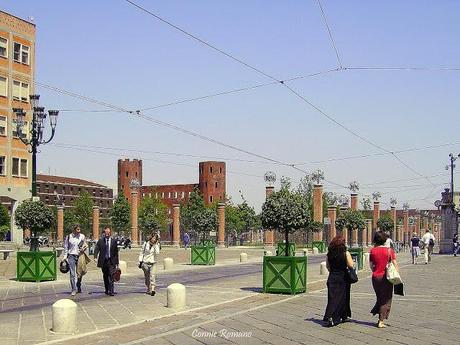 There we have a real Roman amphitheater, the Porte Palatine
(ancient doors of the city) and many old streets, all straight, neat,
parallel, with well-defined intersections; right like in the great military camp,
the castrum on the way to Gaul (France).
There we have a real Roman amphitheater, the Porte Palatine
(ancient doors of the city) and many old streets, all straight, neat,
parallel, with well-defined intersections; right like in the great military camp,
the castrum on the way to Gaul (France).
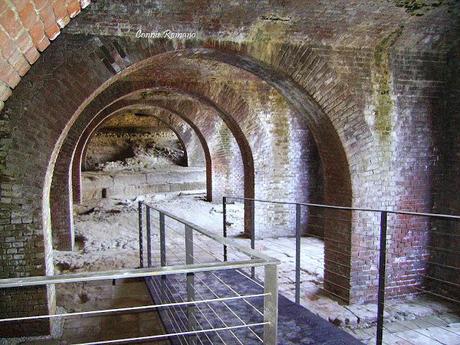
Our ancestors built the city according to the prescribed rules of wizardry: the 4 doors are opened in the corresponding cardinal points, while the main street follows the path of the sun rising in the sky.
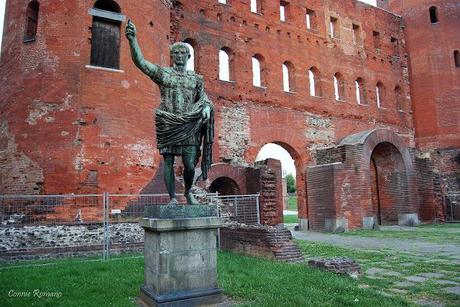
More recently, roughly until around the nineteenth century, the quadrangle housed three local markets, in three of its squares. Piazza d’Italia (now Piazza Palazzo di Città) was the herbs market , in via delle Quattro Pietre (close to Porte Palatine) were sold brooms and, in Piazza Savoia, truffles and poultry. Porta Palazzo is now the largest multiethnic market of Europe; while a popular destination for tourists interested in antique trade shops is the market named Balon.
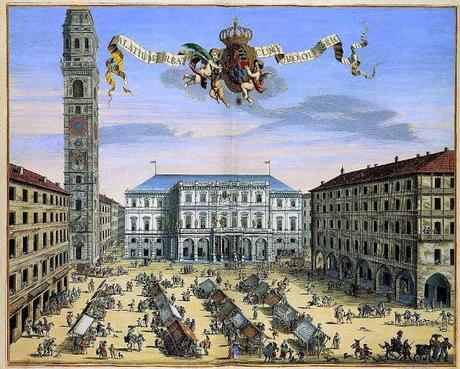 This is a neighborhood where every building,
every
door, every brick has its own story to tell.
This is a neighborhood where every building,
every
door, every brick has its own story to tell.
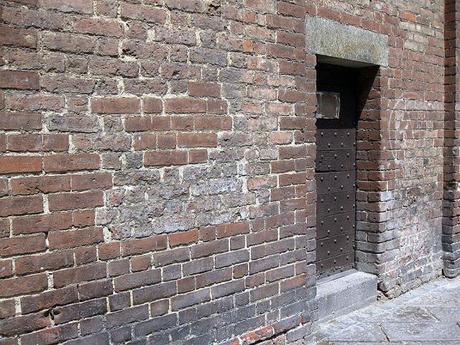 Piazza Emanuele Filiberto was
called "district of ice", because up to at least two centuries ago
here were fresh locals underground for the storage of goods. There were also
special canals that brought water from the nearby Dora, now visible through the
underground parking of the square.
Piazza Emanuele Filiberto was
called "district of ice", because up to at least two centuries ago
here were fresh locals underground for the storage of goods. There were also
special canals that brought water from the nearby Dora, now visible through the
underground parking of the square.Today's via Bonelli, in the '500 was known as the Executioner's street because at the No 2 of this way lived the Turin’s Executioner, who used to walk around all black dressed,
with his bag of tools.
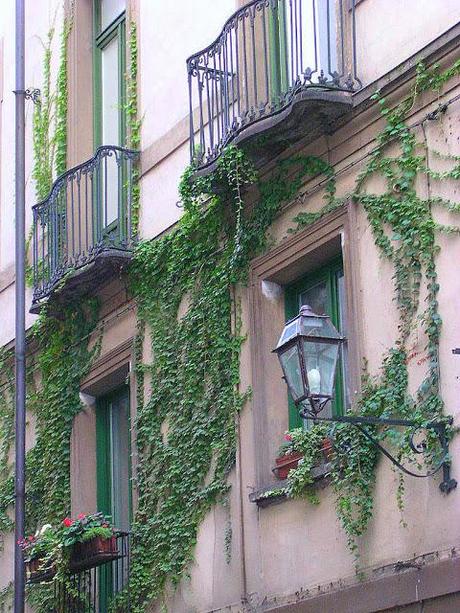
In via Corte d’Appello we had the historic City Court, built on ancient remains of Roman Pretorian Prison. At the monarchy time, this building also housed the Senate.
The square between via Barbaroux and via degli Stampatori, typically medieval area, known as "zona del gambero" (“shrimp zone”) is home to the Historical Archives of the City, containing also papers dating back seven centuries ago.
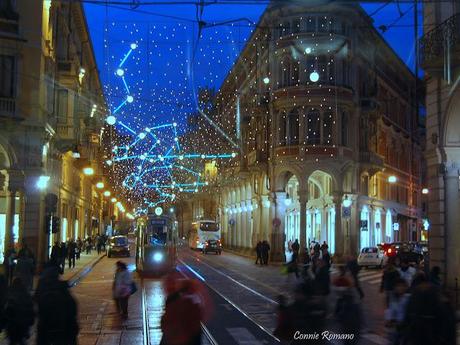 Remarkable are also some ancient churches
scattered here and there, inside the “quadrilatero”;
some of which deserve to be remembered.
That one of St. Dominic is the only medieval
church, located next to the terrible tribunal of the Inquisition.
The Corpus
Christi church is located in the square where, in 1453
people assisted to a miracle, illustrated in the altarpiece.
Remarkable are also some ancient churches
scattered here and there, inside the “quadrilatero”;
some of which deserve to be remembered.
That one of St. Dominic is the only medieval
church, located next to the terrible tribunal of the Inquisition.
The Corpus
Christi church is located in the square where, in 1453
people assisted to a miracle, illustrated in the altarpiece.
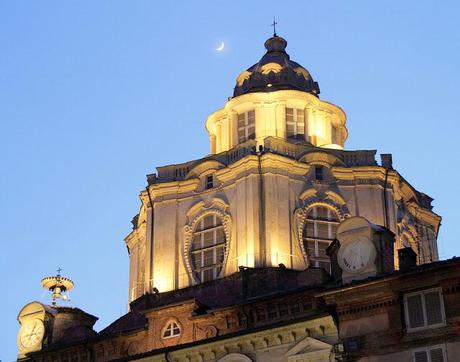 The church
of St. Francis reminds us about the visit of the famous Italian saint in the
city, in 1214, and that one of Mercy, also known as "The Hanged’s Church",
owes its name to the fact that, inside there, were buried dead men by hanging.
The church
of St. Francis reminds us about the visit of the famous Italian saint in the
city, in 1214, and that one of Mercy, also known as "The Hanged’s Church",
owes its name to the fact that, inside there, were buried dead men by hanging.The Basilica of Consolata is the most important of Turin. Here, on June 20 of each year, it’s celebrate a famous and crowded procession. Devotees living in houses along the way use to spread at their windows and balconies white sheets, in homage to the Virgo that passes through the city.
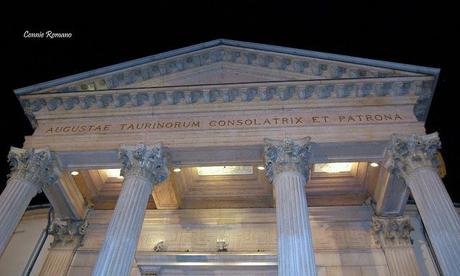
But Turin has also hosted a real famous illuminist.
Via Porta Palatina n° 11 housed for a few years J. J. Rousseau, converted to Catholicism and baptized in the church of the Holy Spirit, nearby Piazza Quattro Marzo.
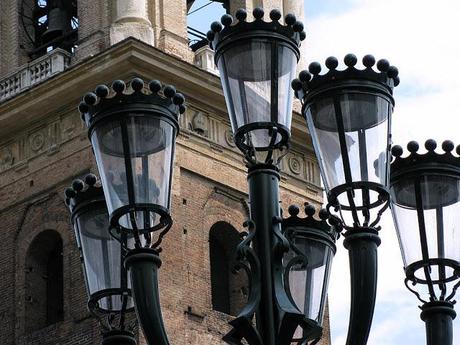
Walking one day and one night by this ancient area we wouldn’t have enough time to discover all the stories, curiosities, the ancient and contemporary beauty of the “Quadrilatero Romano” (Roman Quadrilater). I wonder if the people walking among the trendy bars and fashion shops know about the thousands secrets enclosed in this old part of town.
Untill the late 80s, this neighborhood was inexplicably forgotten and abandoned; destined to a slow degradation, with its shady streets and old ‘800 shops never renewed.

In the early 90's the local community decided to invest resources, to improve its image. The renovation project has been successful: the district now faces the city with its 'bohemian style. The trendy restaurants, wine bars, trattorias, pubs, ethnic and vintage shops are open until late night. This is the place of the city where we can easily find Italian artists and intellectuals.
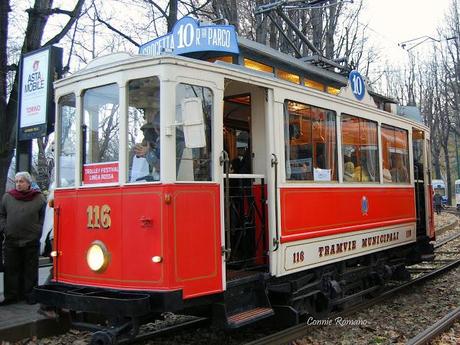
A neighborhood in which to meet the dynamic Turin, a gathering of youth, university students and people looking for fun, food and relax.
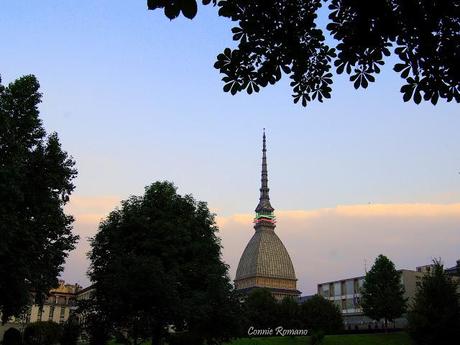
But the most amazing time for the Roman Quadrilateral is a walk in the evening, especially in summer, when the hour of the local aperitif is the beginning of a long, fresh night. When we find people strolling through the narrow alleys of a fascinating past that wait you to be discovered.
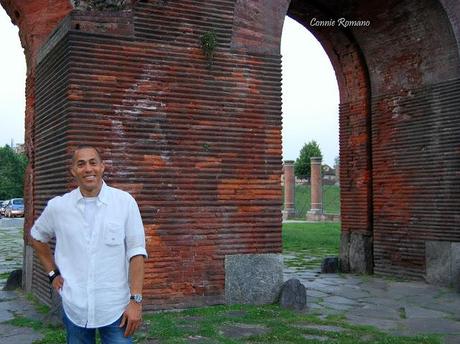
BICERIN
(chocolate liqueur typical of Turin)
Ingredients: 250g of cocoa powder
850g of sugar
2 gallons of whole milk
150g of dark hazelnut chocolate, or in tablet
1 pint of alcohol
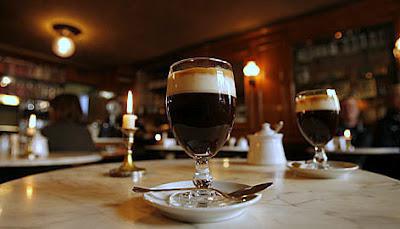
Preparation: Mix the milk without lumps with cocoa and sugar.
Warm up by adding the chopped chocolate ,stirring constantly. Let the mixture boil for 15 minutes.
Let it cool and add the alcohol. Put in the liquor bottle and store in a cool place or refrigerator, but remember to remove it at least one hour before serving.
